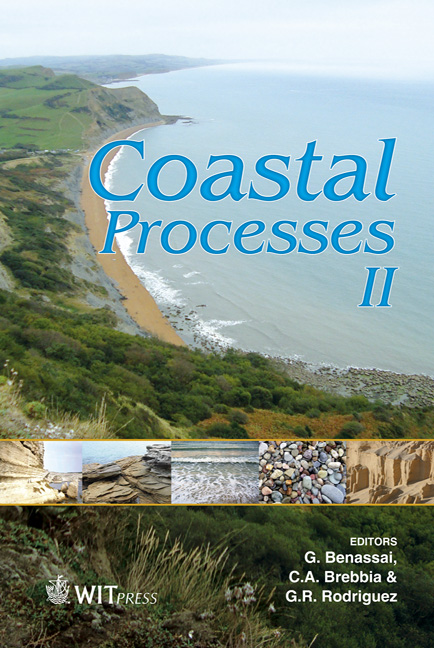Application Of The MSB Model To Ballast Water Exchange In Tidal Embayments
Price
Free (open access)
Transaction
Volume
149
Pages
8
Page Range
265 - 272
Published
2011
Size
852 kb
Paper DOI
10.2495/CP110221
Copyright
WIT Press
Author(s)
S. Mecca, S. Morris & R. Barber
Abstract
For safety reasons, at a captain’s discretion, older vessels are often forced to exchange ballast water while in port. This paper examines questions of the optimal strategy for such ballast water exchange. The MSB (Mecca-Severino- Barber) model for well-mixed tidal basins is applied to this marine operation, parameterising the start of the ballast water release at different times in the tidal cycle. This enables the identification of the optimal release time for a typical single pump, single chamber vessel exchanging water in a hypothetical tidal embayment. In practical applications, the optimisation procedure is somewhat more complicated due to the fact that the problem can have multiple objectives: minimising the maximum pollutant concentration as a result of the ballast water exchange and/or minimising the relaxation time i.e. the time taken for the pollutant concentration to reduce to an acceptable level. This necessitates the application of multi-objective optimisation. Keywords: tidal prism, pollution flushing, tidal embayment, ballast water exchange, multi-objective optimisation. 1 Introduction The MSB (Mecca-Severino-Barber) single embayment model [1] enables a graphical and numerical representation of the process of pollution flushing from a well-mixed tidal embayment temporally loaded with a known quantity of pollutant. The model, which is written in Stella (Stella is a product of ISEE
Keywords
tidal prism, pollution flushing, tidal embayment, ballast water exchange, multi-objective optimisation





